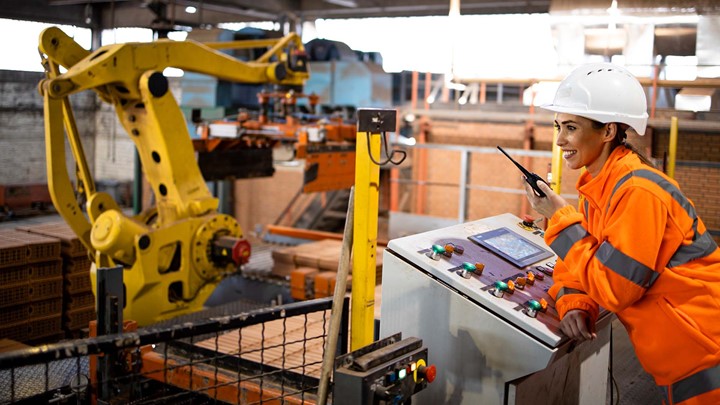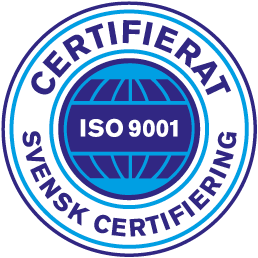Minimizing waste while increasing effectiveness and productivity
Welcome to the second post in our three-part blog series on optimizing manufacturing operations. In this post, we’ll explore one of the most significant challenges faced by manufacturing companies: minimizing waste while increasing effectiveness and productivity.
Waste is a significant issue in manufacturing operations, including everything from material waste to time waste and lost productivity. Reducing waste can help companies save money, increase efficiency, and improve their overall sustainability. In this post, we’ll examine some of the most effective strategies for minimizing waste while increasing effectiveness and productivity, including:
- Lean manufacturing principles and techniques
- The use of automation and robotics to reduce waste
- Strategies for improving equipment utilization and maintenance
What is waste in manufacturing?
Reducing waste is important for manufacturing for several reasons. Firstly, it can improve profitability by reducing costs associated with excess inventory, overproduction, and waste disposal. Secondly, it can improve customer satisfaction by increasing the quality of the final product. Finally, it can reduce environmental impact by minimizing the number of resources used and waste generated.
How to minimize waste while increasing effectiveness and productivity
- Implement lean manufacturing principles: Lean manufacturing principles are focused on minimizing waste and maximizing value. By implementing these principles, manufacturers can reduce waste, improve quality, and increase efficiency.
- Invest in automation: Automation can help reduce waste by minimizing the need for human intervention in repetitive or dangerous tasks. It can also improve productivity and reduce lead times.
- Considering Just-in-time inventory: Just-in-time (JIT) inventory is a system that involves ordering materials and supplies just in time for them to be used in production. This helps minimize excess inventory and reduce waste.
- Conduct a waste audit: A waste audit involves analyzing all aspects of the manufacturing process to identify areas where waste can be reduced. By conducting a waste audit, manufacturers can gain a better understanding of their waste and take action to minimize it.
- Promote continuous improvement: Continuous improvement involves constantly looking for ways to improve the manufacturing process. By promoting a culture of continuous improvement, manufacturers can identify and eliminate waste, improve efficiency, and increase productivity.
Conclusion
Minimizing waste is critical to improving profitability, reducing environmental impact, and increasing customer satisfaction. By implementing lean manufacturing principles, investing in automation, implementing just-in-time inventory, conducting a waste audit, and promoting continuous improvement, manufacturers can minimize waste while increasing effectiveness and productivity. By doing so, they can stay competitive in an increasingly challenging marketplace.
Roima is an authorized AVEVA Endorsed System Integrator, offering expert guidance and support for clients looking to optimize their operations with AVEVA’s industrial software solutions. With our experience and knowledge, we can help clients select, implement, and optimize the right solution for their needs. Contact us today to learn more.














